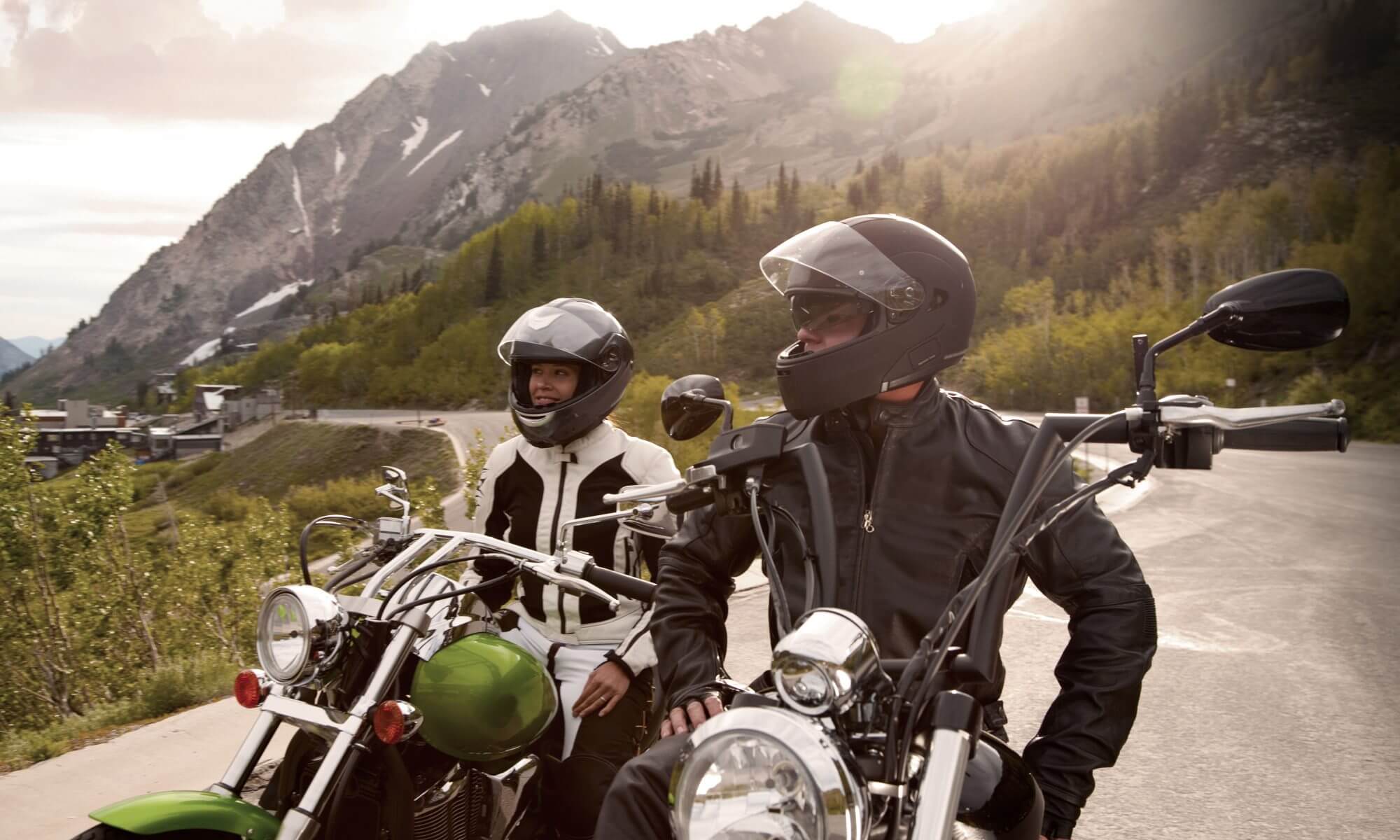Blog

A 15-step guide to preparing your motorcycle for spring
Spring is in the air, and those motorcycle enthusiasts stuck in colder states are itching to take their bikes out for that first-ride-of-the-season cruise. If your bike has been in storage all winter, follow these steps to make sure it’s ready to hit the road.
- Check the oil level. It’s something you should always do before starting a motorcycle that has sat for some time.
- Start the motorcycle and get it to operating temperature. This helps burn out any moisture built up inside the engine.
- After the motorcycle has cooled down, change the oil and filter. It’s a good idea to start the riding season off fresh.
- Check the air filter and replace it if necessary. Depending on the number of miles and riding conditions, the air filter could last several seasons. Check to make sure that’s the case for you.
- Check the air pressure in the tires. Underinflated tires cause instability when riding.
- Inspect the tires for dry rot/cracking and wear. Replace tires if needed. Dry rot on tires leads to blowouts. Blowouts could lead to losing control of the bike and getting into an accident. Stay safe and replace tires that have any cracking in the sidewalls.
- Inspect all areas for leaking fluids. The sooner you detect a leak, the easier it is to fix it. Check any drain plugs, engine covers, oil hoses, and radiator hoses.
- If you have a radiator, check the coolant level and top off if necessary. A low coolant level causes the engine to run hot, which can damage it.
- Adjust the tension of the chain or belt. A chain or belt that is too loose or too tight could break and cause premature wear of the chain/belt and sprockets.
- For shaft-driven bikes, check the differential fluid and top off if necessary. You should check the level at least once a year. Usually, shaft drive units are durable and reliable, but if your differential fluid is low, it could cause a significant mechanical failure.
- Check brake fluid level and top off if necessary. You should always keep an eye on the brake fluid level. If you have a leak in the braking system and the fluid level bottoms out in the brake reservoir, the brake will not work.
- Polish any chrome to avoid pitting. If left alone, chrome will lose its luster and start to corrode. Keeping the chrome polished helps maintain a good look.
- Wash the motorcycle and wax all painted pieces. Start the season clean!
- Check your motorcycle insurance policy or talk with your insurance agent. Be certain that your motorcycle coverage is a perfect fit, and if you aren’t sure, ask yourself these four questions.
- Enjoy the riding season!
For information only. Not applicable to all situations.







